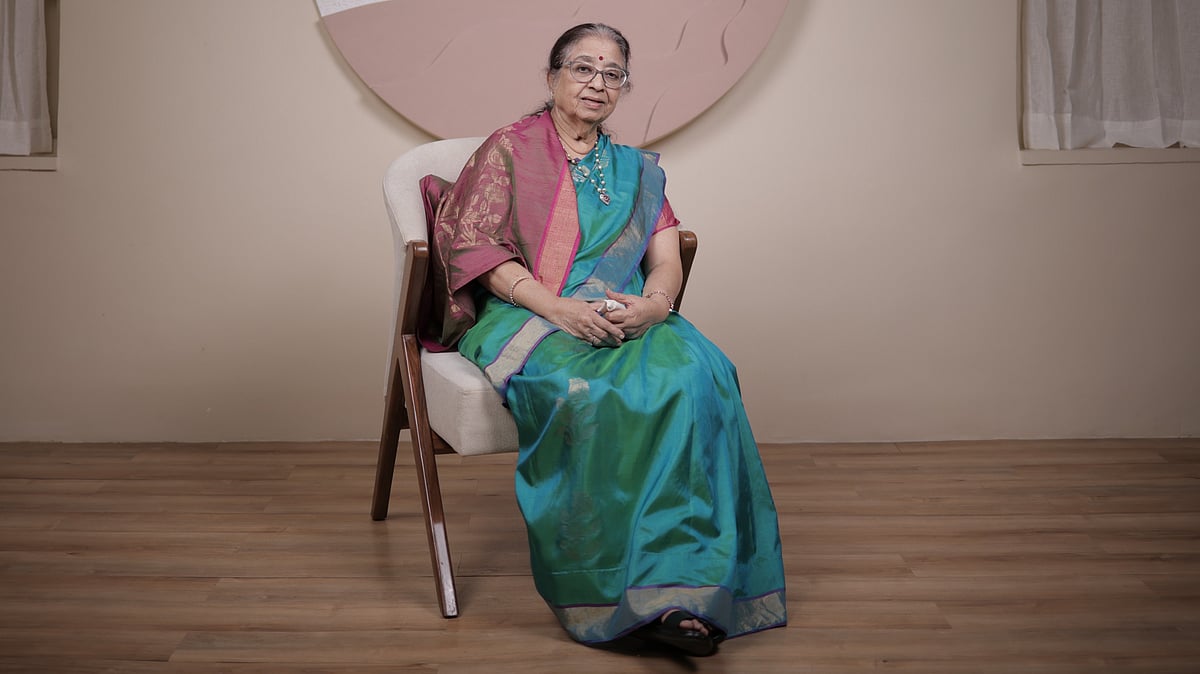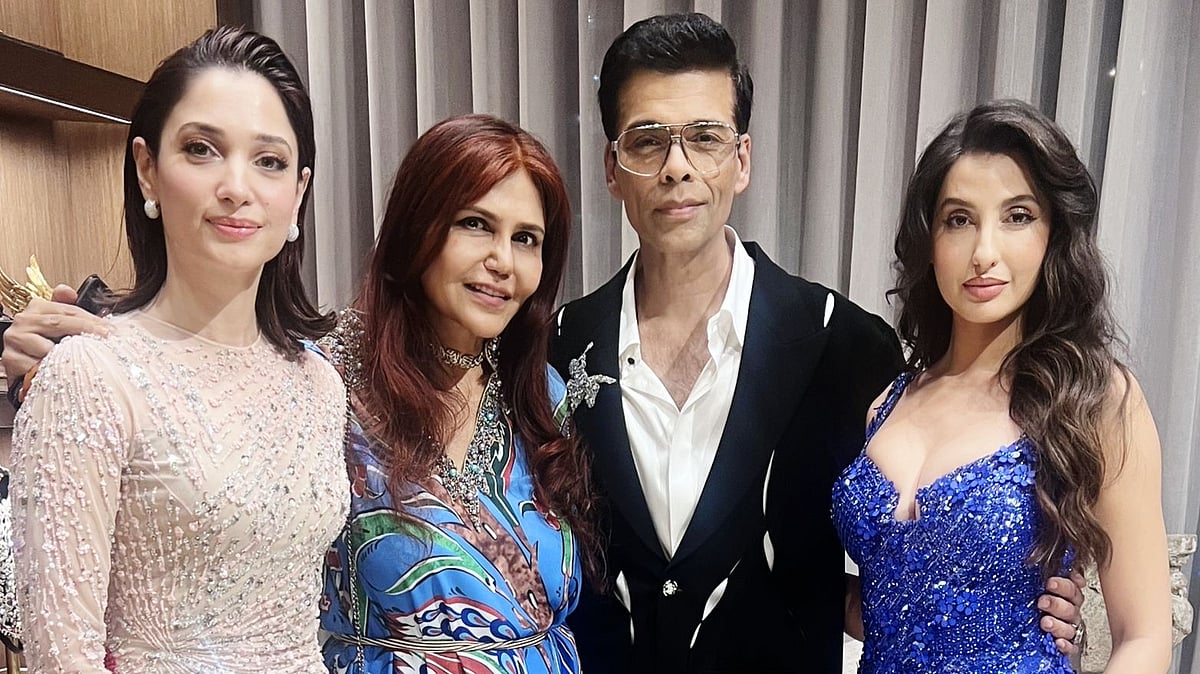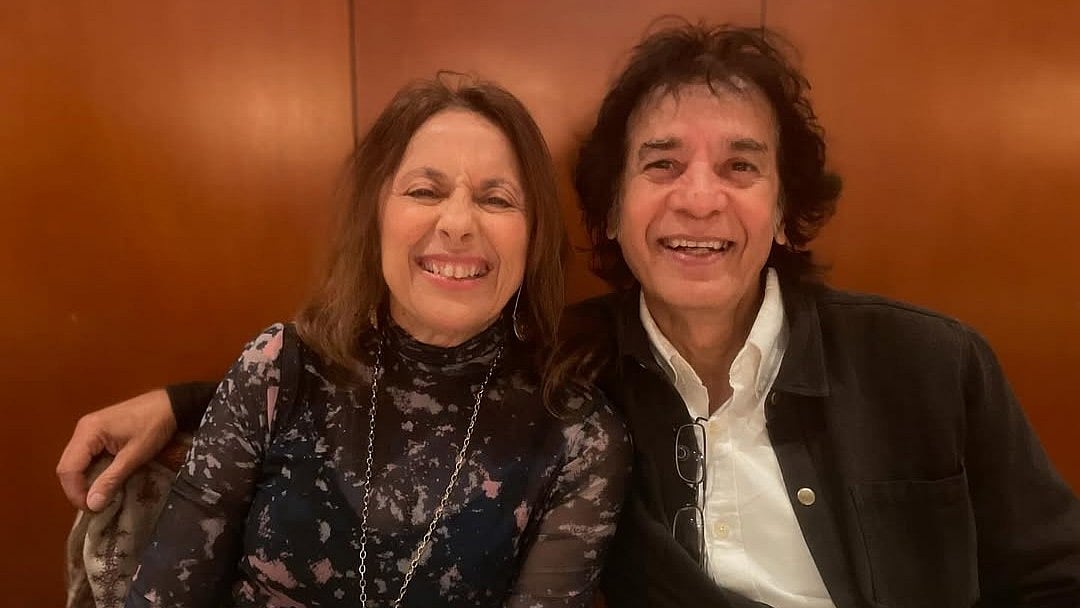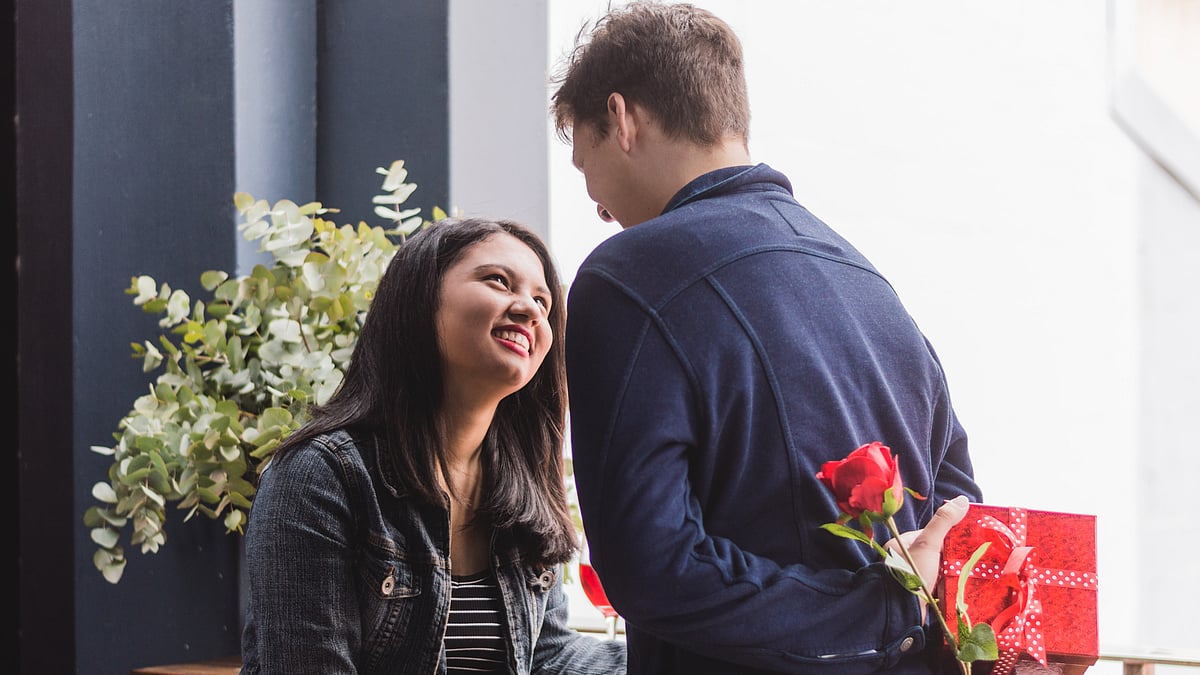Chef Michael Swamy
Chef, Food Stylist, Food Writer and Travel Photographer
Community
East Indians are primarily the Christians having a Portuguese and Indian lineage and native to Mumbai. The Portuguese officials also intermarried with the locals and their offspring were known as Mestizos (of mixed blood). The conversions of locals to Christianity about the amalgamation of the East Indian community into five basic cultural groups.
‘Samvedi Christians’ (also known as Kuparis), Brahmin by origin, they held their lands and the river sacred. They took up professions in agriculture and retained much of their pre-Christian culture. ‘Koli Christians’ are found along the coast of Salcette, Vasai and Mumbai. They lived in small enclosed villages known as Kolivadas. The Koli Christians played an important role in the building of churches and their enrichment by means of ornaments, vestments and jewels.
‘Vadval Christians’ resided in the southern part of Bassein. Their origins lay within the Pachkalshis and Somvanshi Kshatriya (warrior) class, and they took up professions in agriculture and carpentry. Like the Samvedi Christians, they do not eat beef. Upper-class Christians who received the benefits of an education came to be known as ‘Salcette Christians’. They were mainly Prabhus, Brahmins, Khatris and Sonars who together formed one ethnic minority and were converted by the Franciscans and Jesuit missionaries between 1547 and 1600.
The other cultural group was the ‘Urbanised Christians’. They were those East Indians who worked in close contact with the British and Portuguese missionaries and government offices, and had a good working knowledge of English and Portuguese. They accepted a Westernised way of life and lived in areas like Matharpakadi, Dadar, Mahim, and Bandra.
Christmas Rituals
My earliest Christmas memories of midnight mass and warm eggnog spiked with brandy, opening the presents of sweets and toys. Christmas carols and jingling bells each heralding in a great Christmas spirit. Stolen nibbles, looking for hidden gifts, wrapping gifts for friends, the eager anticipation for Christmas and sumptuous meals make it well worth a whole years wait. Lunch and dinner had the dining tables laden with food, decorations and a circle of friends. Sometimes a whole suckling pig would be the centre of attraction. Then there is Duck Moile and Vindaloo, plenty of salads and a Pulao covered with raisins and fried onions. Fugeas or fried bread and panatone would be part of the sides. After a breakfast of hot Puries or Vadas and Chutney and eggs and Glazed Ham, lunch and dinner were at a different level all together.
(As told to Sapna Sarfare)
Marilyn Mendes
Retired stewardess
Christmas rituals
I follow them, very much so. I suppose most of us East Indians do. It's a joyous time of the year. We make sweets and decorations besides cooking up a storm and inviting people for lunch on Christmas day. There are certain sweets especially made for Christmas like Kalkals, Milk Cream made out of milk and cut into different shapes, Marzipan made with almonds, coconut sweets overlaid with pistas. We also enjoy Rose de coque, a sweet made out of fried dough. Also Guava Cheese which is guava and sugar cut into diamond shapes, Nankhatais, Date Rolls that are dates and walnuts rolled into a dough and baked. We start making Christmas preparations way in advance. Earlier many extended family members would come over and we would have a pot roast or a stuffed chicken with the usual Russian salad or Pork Sorpotel or Pork Vindaloo. As an accompaniment we have Fugeas which is deep fried dough and also a mixed vegetable Pulao. Everybody looks forward to having these standard dishes. We invite friends from other communities too for lunch or dinner.
Changes in ways of celebration
I used to have an aunt who made wine but now our tastes have become more sophisticated and we buy wines and gins and whatever everyone's taste is from the liquor shops. It is cumbersome to make wine at home and had the sweet Sherry kind of taste.While making sweets, we still stick to the old traditions and use the best ingredients. But many people are simply too busy with work these days so they make some sweets and buy some commercially made. The midnight mass now starts with the carol singing at 9 pm but ends by 11.30 pm. People then walk to each other's homes in Bandra chat, and wish each other. They have a coffee and the meet ups ends at 2.30-3 in the morning. Earlier, carol singers would come to Bandra from different parish churches, but they don’t anymore.
(As told to Dinesh Raheja)
Sequencia Kharvi
Account Director, The Good Edge
Christmas rituals
Our Christmas tradition starts by attending the Marathi Mass in church on Christmas Day. After which we place the statue of baby Jesus in the Crib which we make at home or a common one in the community. We visit our neighbours and relatives to wish them and exchange sweets. Cooking is very crucial on this day and the preparation start a day prior. Some common dishes prepared in most houses are Fugeas, Pork Vindaloo, Buff Roast, Mutton Curry/Stew, Mutton Potato Chops, Pulao Rice. Evenings we gather in a common area to sing and dance to the traditional East Indian Songs played on the Ghummat. It’s a time for sharing the special dishes everyone has prepared.
The Subtle Changes In Traditional Ways Of Celebrating
Earlier our grandparents use to come together as a community and celebrate all festivals as a family. The women in the neighbourhood use to help each other to prepare sweets as it was a long and tedious process. I remember the women use to discuss the days they would prepare sweets like Navris which required help from other women and then they would hop from one house to the other with their rolling pins and Navri cutters, helping in making these sweets.
Today we have seen a shift where we get ready made sweets from the market or place advance orders instead of preparing these delicacies at home. Thankfully in Gauthans some things still remain same though like distributing sweets and exchanging food with the neighbours. Collecting together in the evening and celebrating with songs and dancing to the traditional East Indian Songs played on the Ghummat. Also we have a parade of Santa Claus in the entire Gauthan distributing chocolates to the children.
(As told to Sapna Sarfare)












